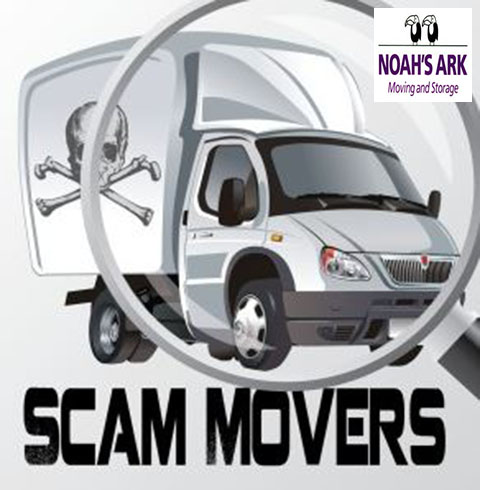 A Positively Moving Experience
A Positively Moving Experience

5 Signs of Fraud Movers
We have heard horror stories of people choosing the wrong moving company in the NYC and Connecticut area. Finding the right movers helps make any move much easier. We have put together a lists of things to note for fraudulent movers when searching online.
Red Flags
Unfortunately, when people are moving, they may encounter movers who are more interested in taking someone’s money rather than moving their items. Luckily, there are fairly easy ways to tell that someone is engaged in potential fraud.
Certain Basic Characteristics
Fraudulent movers will often attempt to provide clients with help that is not legally binding. For example, they may provide a low estimate that they know is low and then attempt to charge the client when the estimate proves to be too low. This is not legal.
Fraudulent Documentation
Another trick they use to defraud people is to provide their clients with blank documents or documents that are only half filled in. If you are considering a move, the best way to make sure you do not get defrauded is to never sign anything that isn’t complete. Always check all pages of any documents that a mover asks someone to sign. There should be no blank pages or any large spaces where extra words can be filled in later. The client should also have copies of all documents they need.
The Right Equipment
The person who is moving one’s items should also have a clearly marked truck. All people who are moving goods should also be identified as working for the moving company. Do not let someone into a home unless that person has been clearly identified. Many movers provide their workers with uniforms.
Clear Identification
Movers should always provide clients with a specific name, address and a phone number. A mover who does not provide the answers to these questions may be engaged in fraud. Even if the mover is operating out of their home, the address and phone number should be provided to all potential clients. A mover must be able to provide clients with evidence of being in compliance with all necessary licensing and insurance requirements. Such licensing can vary by state but in general most companies are required to show evidence of insurance and a basic moving license. A mover who cannot provide such evidence may be engaged in fraud.
Other Tips
A mover may be fraudulent if they offer an estimate without an onsite inspection of the goods being moved. Beware of an estimate that is too low. The mover should also not ask for cash before the move. A small deposit request is all that should be demanded from any client. The mover should also provide clients with a booklet that has been written by federal government officials outlining the consumer’s rights. This is required by law for those who are planning a move from one state to another.











